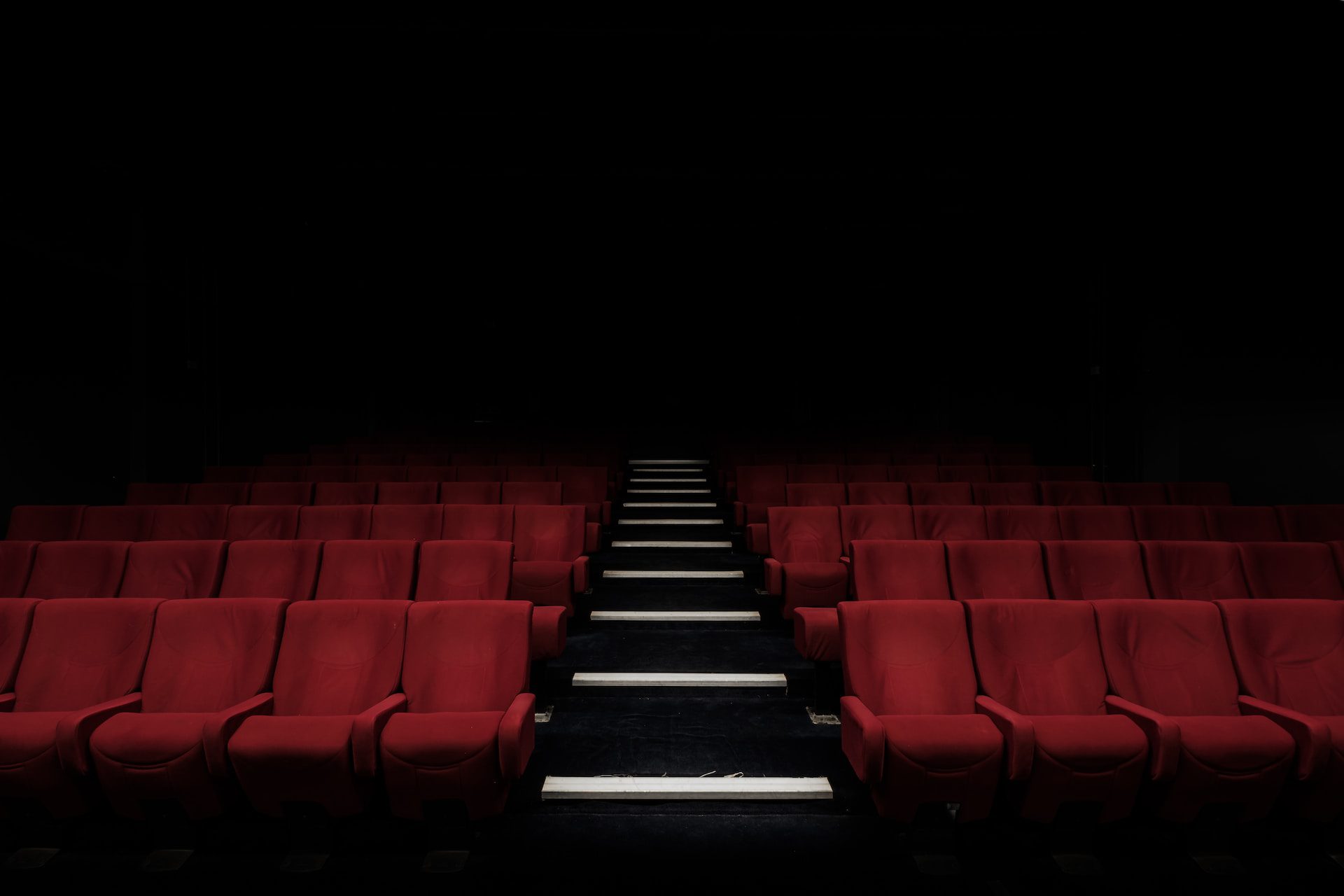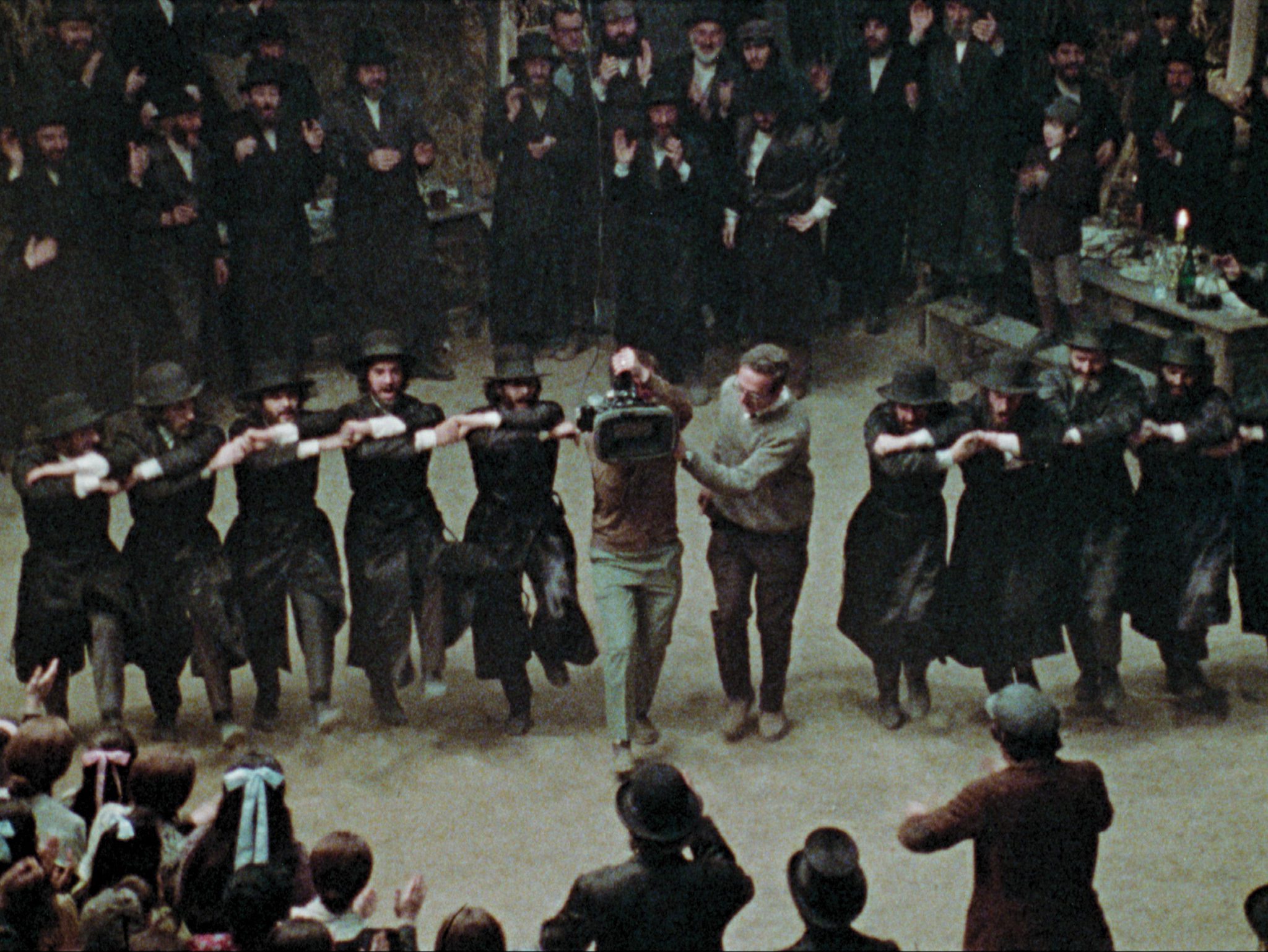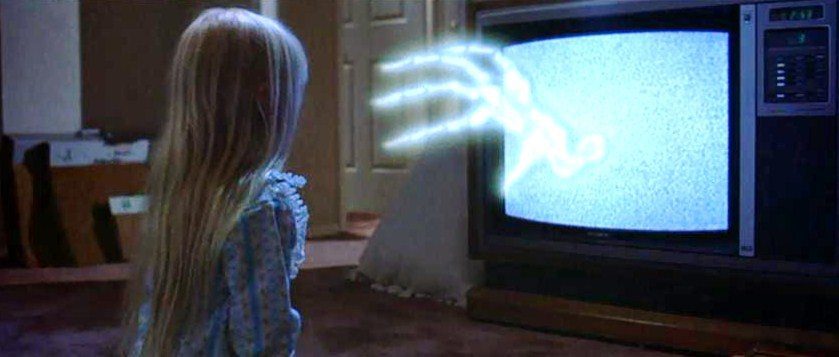
Directed by Ady Walter, SHTTL is set in the twenty-four hours before the Nazis crossed the borders into the Ukraine. This was a time of tension and fear. Even so, as Mendele (Moshe Lobel) arrives back in his hometown, he is still excited to reconnect with old family and friends. But his arrival opens the wounds of those who he once knew and he begins fighting with an old rival about a love he had to leave behind.
Brilliantly shot to appear as one-take, SHTTL never drags. Tightly written and exectuted, Walter ensures that every conversation feels pregnant with information as Mendele attempts to say ‘both hello and goodbye’ to his hometown. Conflicts with former friends and colleagues, debates with local rabbi and the threat of Communism follow him as his very presence stirs up trouble. SHTTL’s camera weaves in and out of these interactions with an all-seeing eye, revealing the escalating tension that bubbles amongst the townspeople.
What’s also fascinating about this film is its colour scheme. While filming in ‘black and white’ is not uncommon, SHTTL opts to bring flashbacks out in full colour. In doing so, the past takes on a vibrancy that the present does not. History matters and it shapes the present.
At the same time though, SHTTL also argues that the only colour that matters is ‘grey’. This is a world where everyone demands that people pick a side yet grey is a colour of compromise and conversation. In the grey, secrets lie and can be unlocked. In these moments, SHTTL cries out for conversation and co-operation. While they live in a combative world, the film acknowledges that the best path forward stems from our ability to dialogue and work together.
SHTTL is playing at the Toronto Jewish Film Festival. For more information, click here.




